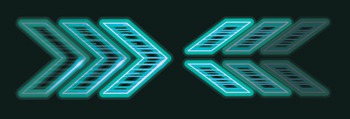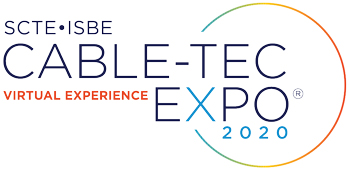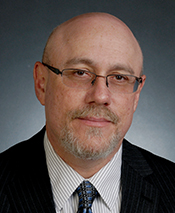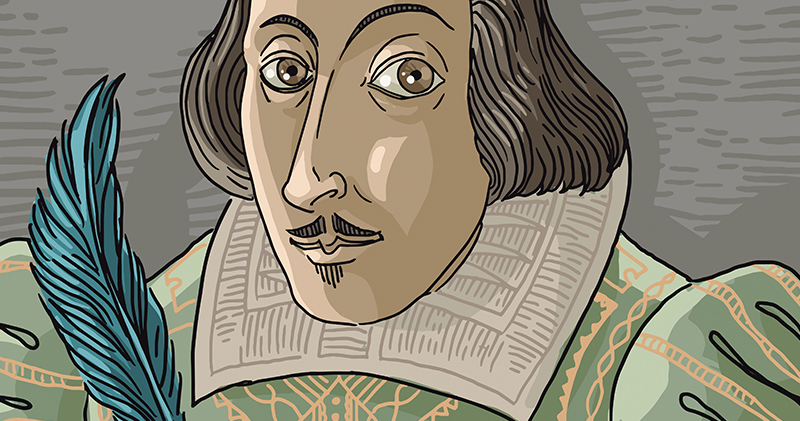This is the Winter of Our Discontent
By Jeff Finkelstein
Now is the winter of our discontent
Made glorious summer by this son of York;
And all the clouds that low’r’d upon our house
In the deep bosom of the ocean buried.
Richard III, Act 1, scene 1, 1–4
During these crazy times, it is easy for us to experience a transient period of discontent. We are all worried about our family and friends, our futures, even the world as we once knew it. I feel it at times as well but do my best to maintain as cheery an attitude as I can without pushing it too far. I have no advice regarding these feelings but do think it is important to recognize that we are not alone and need not ignore nor avoid them.
This is a much-used line from the William Shakespeare play Richard III, but those who only use the first line “Now is the winter of our discontent” miss out on the more positive message of the second line “Made glorious summer by this son of York.” If you read it closely you notice that the “now” modifies the “made glorious” (i.e., “the winter has become summer”). Loosely translated it may also be read as follows, “The oppression of our family, which made life like a long winter, has been turned to a summery contentedness now that my brother is king.” If you have ever seen the play you may recall that Edward’s emblem is the sun, and his radiance has broken up the clouds that “low’r’d” (frowned) on the House of York.
Metaphorically speaking, the “clouds” are the pandemic and the “son of York” is preparedness of our industry built into DOCSIS and other specifications. While we were writing the specs, we did not directly think about all the what-if scenarios, but we did build in quite a long runway for the technologies and products we deployed. Intentional or not, we have made consistently good decisions even if done serendipitously.

There have been many articles and papers written on how the pandemic has impacted our industry, so no reason to cover that any further. What I am going to discuss is how we can use this time to be introspective and better plan for future uncertainties. Not in a Nostradamian way planning for the worst possible outcomes, nor in an overly rosy place where everything is peachy keen. It is more about finding a middle ground where we can remain ready for challenges both current and future, hopefully with minimal redundant spending for the same network components.
You are here, but you want to be somewhere else
As a service provider industry, we have embraced the current challenges and learned to use them towards improving how we do things. I do believe that rather than a one-off we need to do it holistically. To quote from a favorite book of mine “The Long Dark Tea-Time of the Soul” by Douglas Adams:
“I rarely end up where I was intending to go, but often I end up somewhere I needed to be.”
– Dirk Gently
As any fan of Douglas Adams knows, Dirk Gently ran a Holistic Detective Agency and the operator of the eponymous detective agency acts based on the “fundamental interconnectedness of all things.” A rather pretentious thing to say, but if you have read the book you get the gist. If you have not read it, give it a go. I think it is a fun read.
Putting it in perspective and thinking about how it is applicable to our current situation, I think about while we were not ready for a pandemic, our responses to it have taught us so much about our customers, our peers, our companies, our industry, and in many ways ourselves.
As all good engineers do, we focus on one problem at a time which can cause a ripple effect of requiring changes at different network layers, or even in the same layer the specifications are addressing. Taking into account other parts of the network ecosystem as we solve a problem in one domain (which some would call a system engineering approach) is an important thought process to go through. It does not mean you will catch all the possible components impacted, but it will force you to consider things outside the scope of the problem at hand.
One of the great things about the cable industry is we can be introspective, sometimes too much so, but we are willing to look into ourselves and our decisions. If needed, we are open to doing a course correction as new data becomes available. There are times that we do not want to vary from our chosen course, but after sufficient introspection and analysis (as I like to call it “synthesize the new information”) we are willing to make the change in our own best interests.
Slight detour: Expo take-aways
If you did not attend the recent virtual SCTE Cable-Tec Expo, you missed a good one. I would say in some ways it was the best one yet as everyone involved did a good job and even when things messed up, we all took it in stride and found humor in our own discomfort. Kudos to SCTE, its employees, vendors, and all of us members.
Personally, I attended way more Expo sessions than I originally intended. There was such a positive vibe during the opening session that I was curious how the rest would go. I was surprised at the way we all shared our experiences, both positive and negative. The balance achieved during the presentations was refreshingly honest. The technical sessions were well researched and spot on with a good mix of topics, many covering ideas I have discussed in my articles ranging from virtualization to physical layer challenges in DOCSIS® 4.0. And quite a few that I never thought of covering. I now have plenty of ideas for future columns.
Regardless of what your possible future path contains, be it DOCSIS® 4.0 ESD, FDX, or a PON variant (heads-up, keep your eyes on the C-PON initiative, as it looks very interesting), there was something for you with much information to digest.
Back to the future
A key part of our planning comes from the analysis our teams do related to capacity needs. In a separate article in this issue on COVID-19 learnings, I discuss using the “Cloonan Formula” to calculate how much capacity is needed based on per-customer average consumption and the maximum speed offered. What I like about this approach is that the macro view separates the nuances of consumer applications from the overall bandwidth consumed.
In any future-looking exercise, we need to make assumptions on customer usage. If we use my technology rule #8 (“We have no control over how our customers use their bandwidth”), then we can avoid the enigma of figuring out what specific application(s) will be using the available bandwidth and focus on the macro view of all customers in a given serving area. I do not mean that we should not be researching and analyzing applications for applicability in our future plans, just that trying to get too specific when looking out many years is not of significant value. As we get closer the models will be updated based on actual applications usage.
To wrap things up, give the idea of a holistic approach to technology a try. Whether using system engineering concepts or just post-it notes on a wall, remember rule #15 (“Think outside the box, but never forget there is a box”) as it is an important skill for us all to develop.
Stay safe, stay sane…

 Jeff Finkelstein
Jeff Finkelstein
Executive Director of Advanced Technology
Cox Communications
Jeff.Finkelstein@cox.com
Jeff Finkelstein is the Executive Director of Advanced Technology at Cox Communications in Atlanta, Georgia. He has been a key contributor to the engineering organization at Cox since 2002, and led the team responsible for the deployment of DOCSIS® technologies, from DOCSIS 1.0 to DOCSIS 3.0. He was the initial innovator of advanced technologies including Proactive Network Maintenance, Active Queue Management and DOCSIS 3.1. His current responsibilities include defining the future cable network vision and teaching innovation at Cox. Jeff has over 43 patents issued or pending. His hobbies include Irish Traditional Music and stand-up comedy.
Shutterstock




